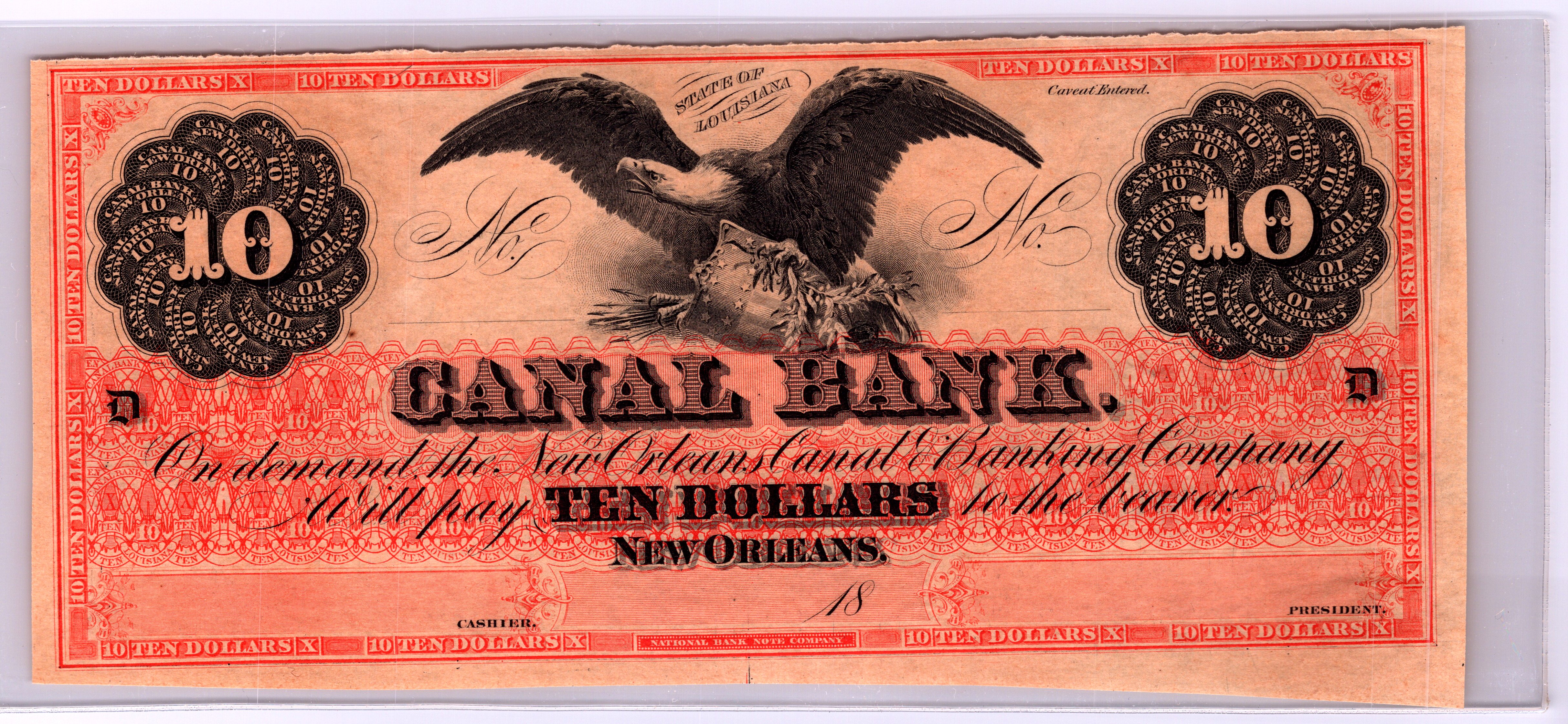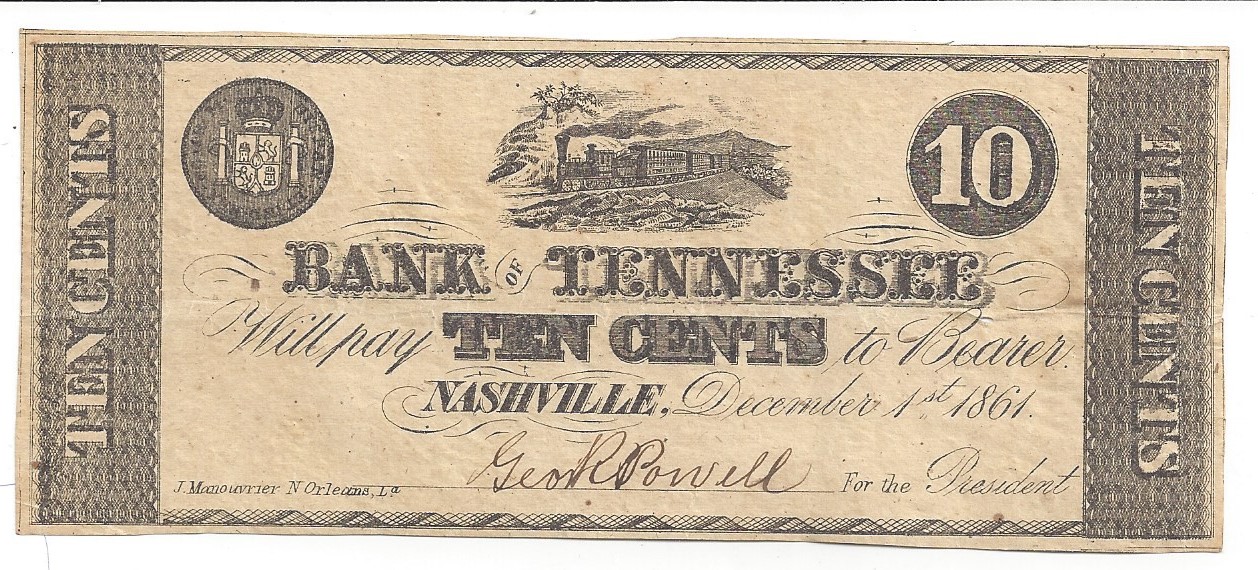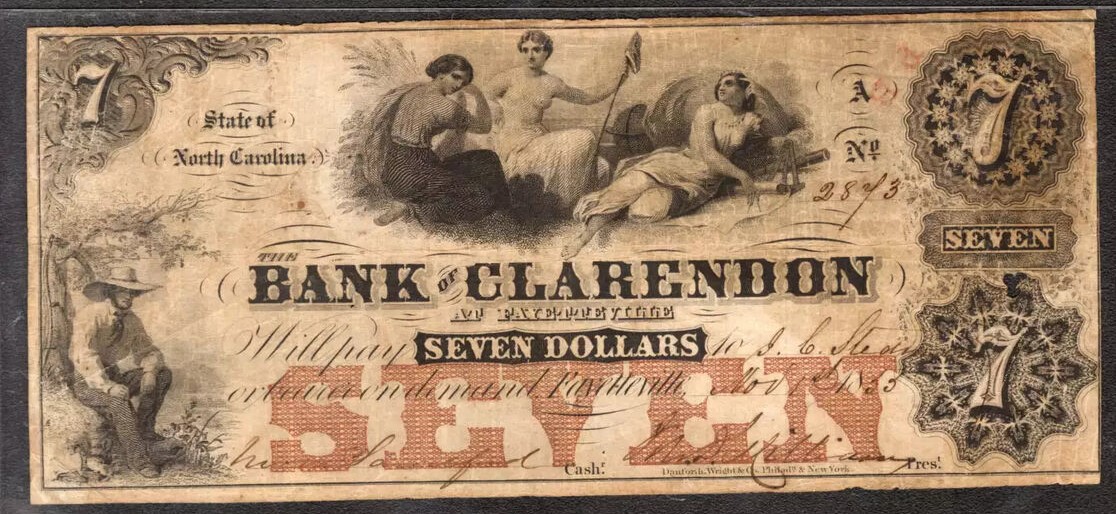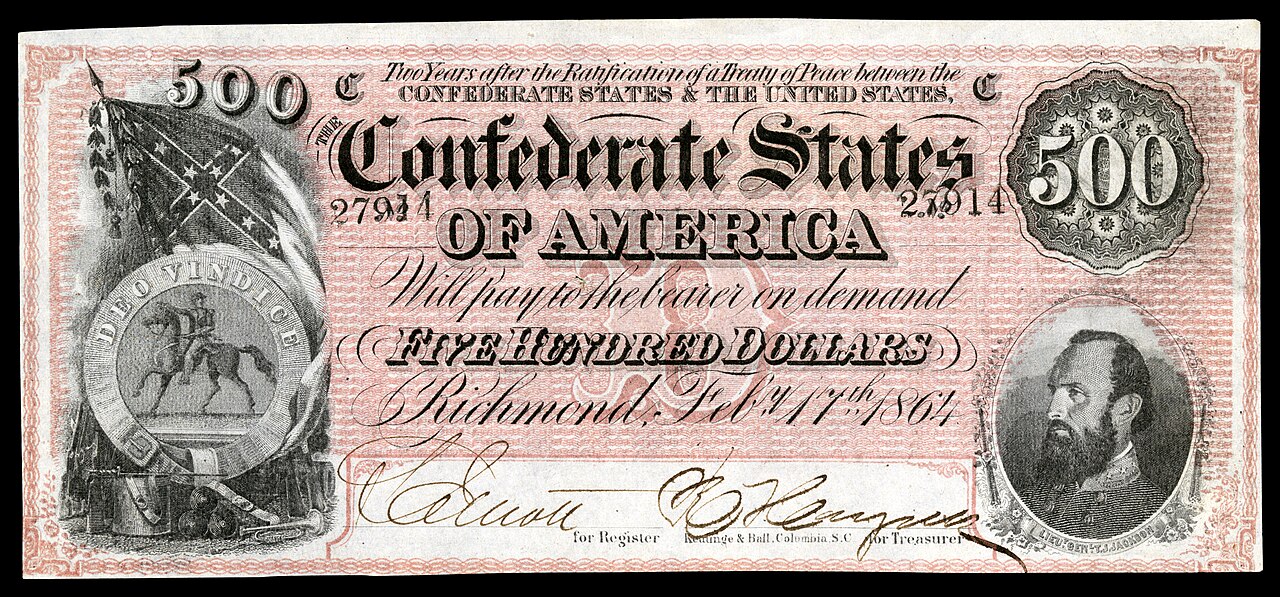Collecting Obsolete Banknotes
From the founding of the United States to the start of Reconstruction, the country faced a severe shortage of national coinage and lacked a unified banking system. This scarcity crippled everyday commerce and demanded a swift solution. To address the issue, thousands of banks, along with major industries such as railroads, mining, and logging companies, issued their own banknotes. These were supposedly backed by gold and silver but operated with little oversight. It’s estimated that over 50,000 unique notes were produced during this period. Known today as "obsolete banknotes," these notes formed the backbone of the American economy throughout the 1800s.
A Vast Array
With each bank and industry designing its own currency, obsolete banknotes showcase an incredible diversity in denominations, sizes, and styles. Some are small and simple, while most are large, ornate, and artistic. The majority feature vignettes, allegories, and portraits celebrating politicians, commerce, industry, and agriculture.

Categories and References
Collecting every obsolete banknote would be a monumental—if not impossible—task. No single, definitive guide catalogs every note ever issued, and it’s unlikely one will ever exist. However, numerous excellent reference guides cover specific categories, and many groups, clubs, and online communities share valuable information.
Popular collecting categories include:
- Industries or Themes: Ships, railroads, famous figures, etc.

- Locations: Towns, cities, and states

- Odd Denominations: Unusual or rare values

- Proofs: Test notes for designs
- Remainders: Notes never circulated, for various reasons
- Redeemed: Notes marked as exchanged, typically for gold, silver, or other denominations
The possibilities are endless—your imagination is the only limit!
Numbering Systems and Checklists
While no single authority covers all obsolete currency, the “Criswell” numbering system catalogs a significant portion. Developed by Grover C. Criswell, Jr., a renowned numismatist and expert on Confederate and Southern States currency, this system is best known for classifying Confederate States of America (CSA) banknotes from the Civil War (1861–1865). Criswell also applied his expertise to obsolete currency, particularly from the Southern States, offering collectors a standardized way to identify and organize notes. Detailed explanations of the Criswell system are widely available online.
The Civil War – CSA Notes
The outbreak of the Civil War quickly highlighted the need for a national currency. Between 1861 and 1864, the Confederacy issued notes in 10 denominations, across 72 types and 7 series.
The Rise of National Currency
The Civil War also marked a turning point for the federal government, spurring the National Banking Acts of 1863 and 1864 and the introduction of the “Greenback.” These developments laid the foundation for a unified national currency. We’ll dive deeper into these topics in future blogs.
Why Collect Obsolete Banknotes?
Though this collecting field is vast, Harry Miller and the team at Miller’s Mint bring decades of expertise to the table. We love connecting with collectors to share insights, knowledge, and opinions. Our inventory of obsolete banknotes at millersmint.com is extensive, with significant back stock that may not yet be listed online. Check back often or reach out if you’re searching for something specific—we’re here to help!
Happy Collecting!
